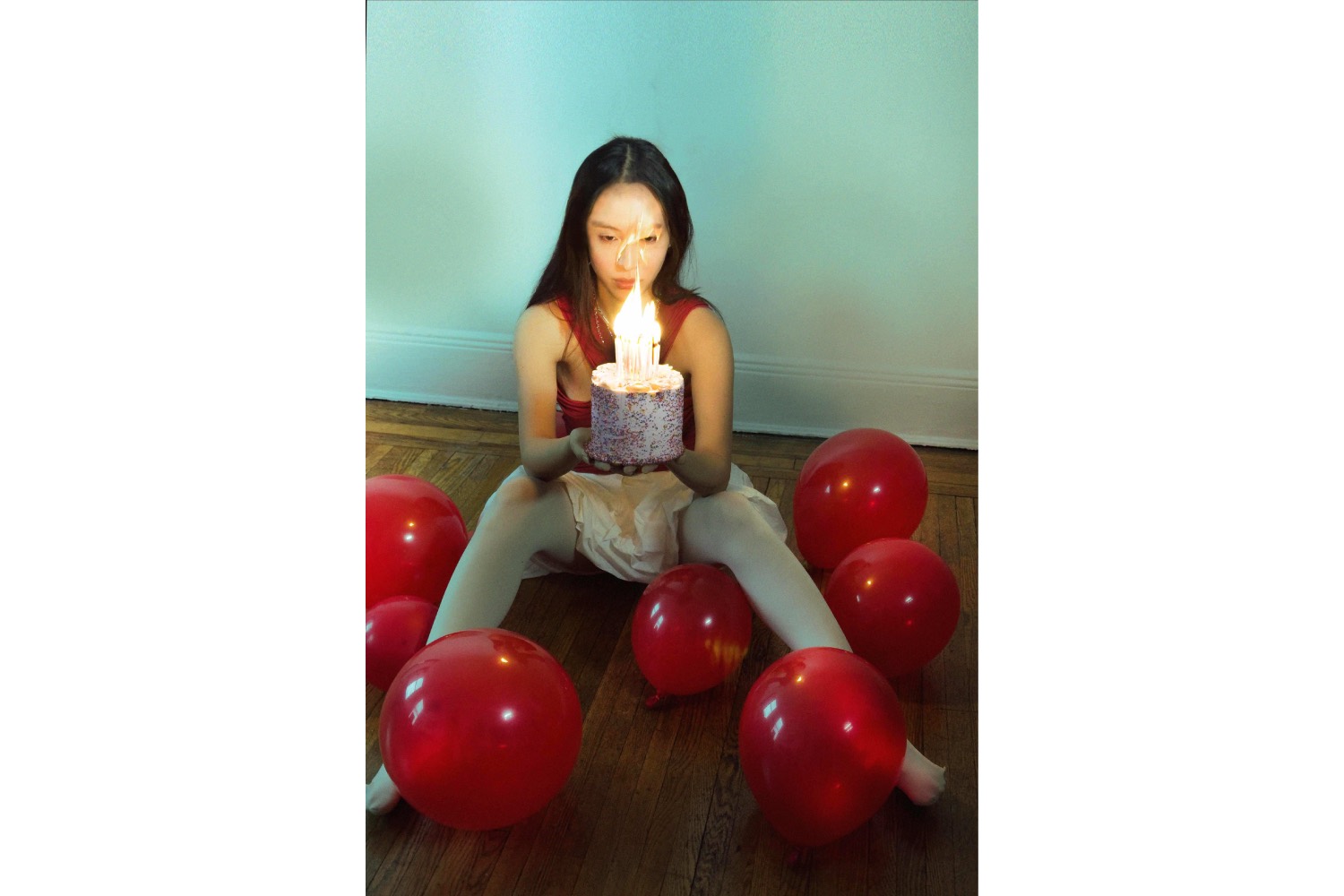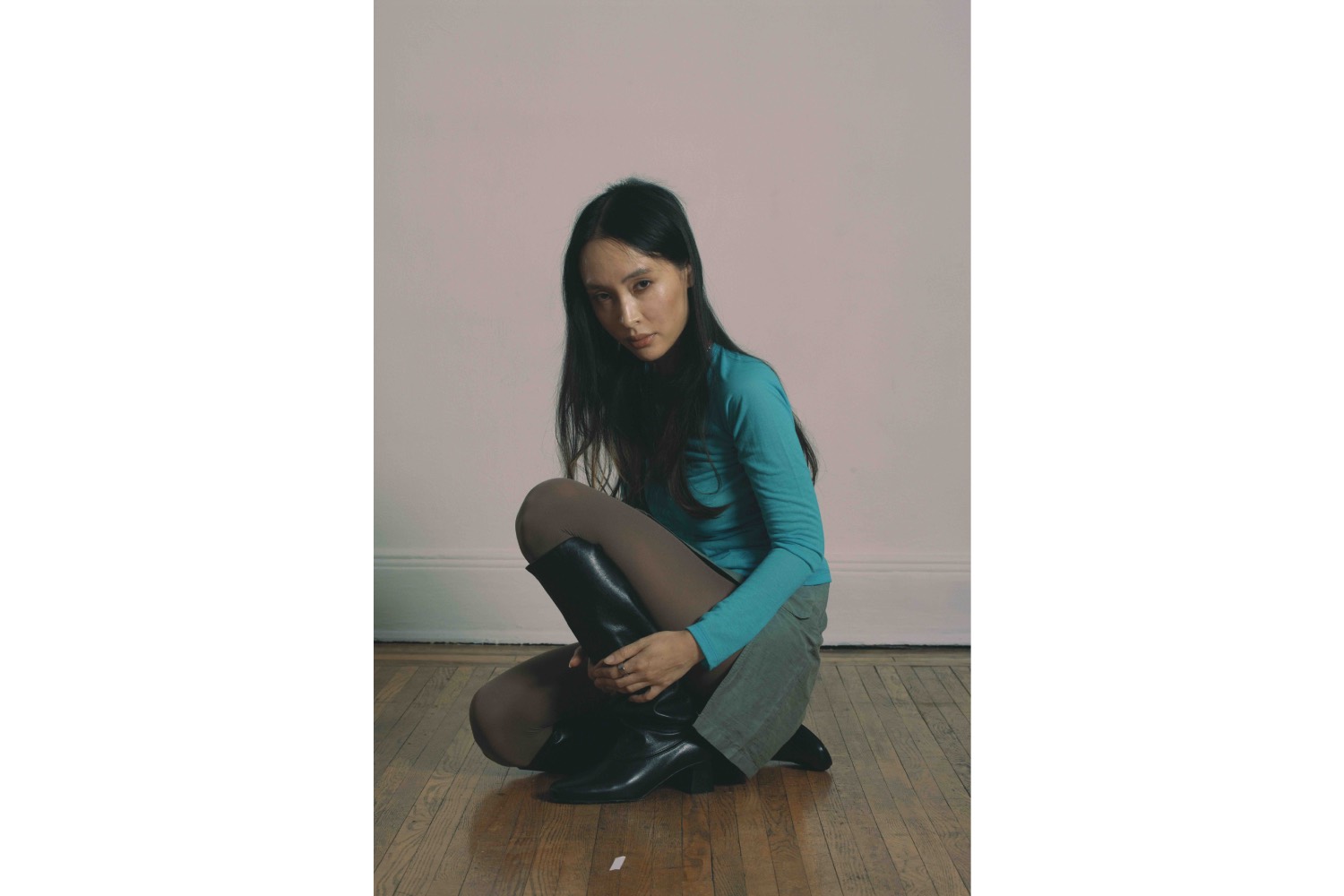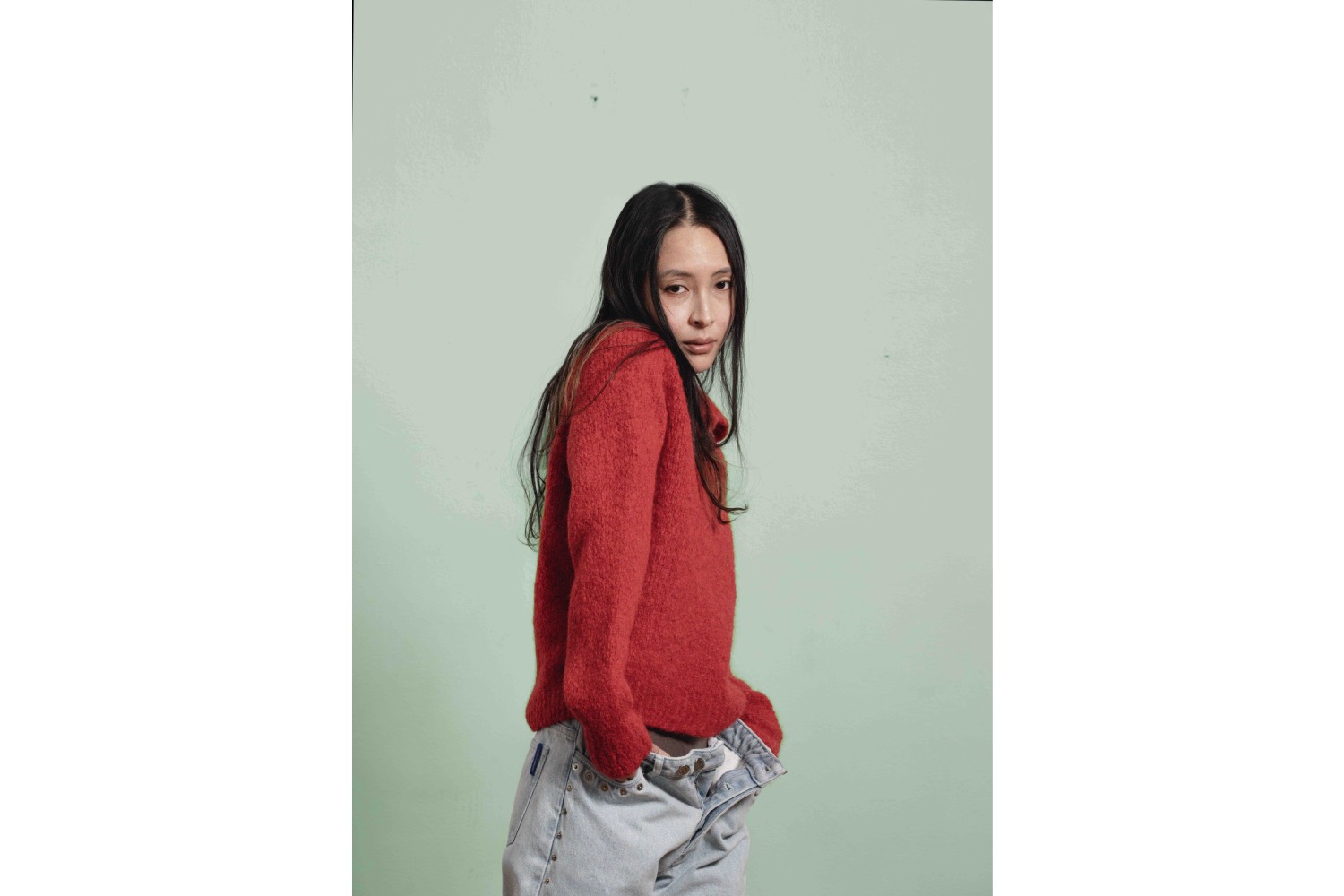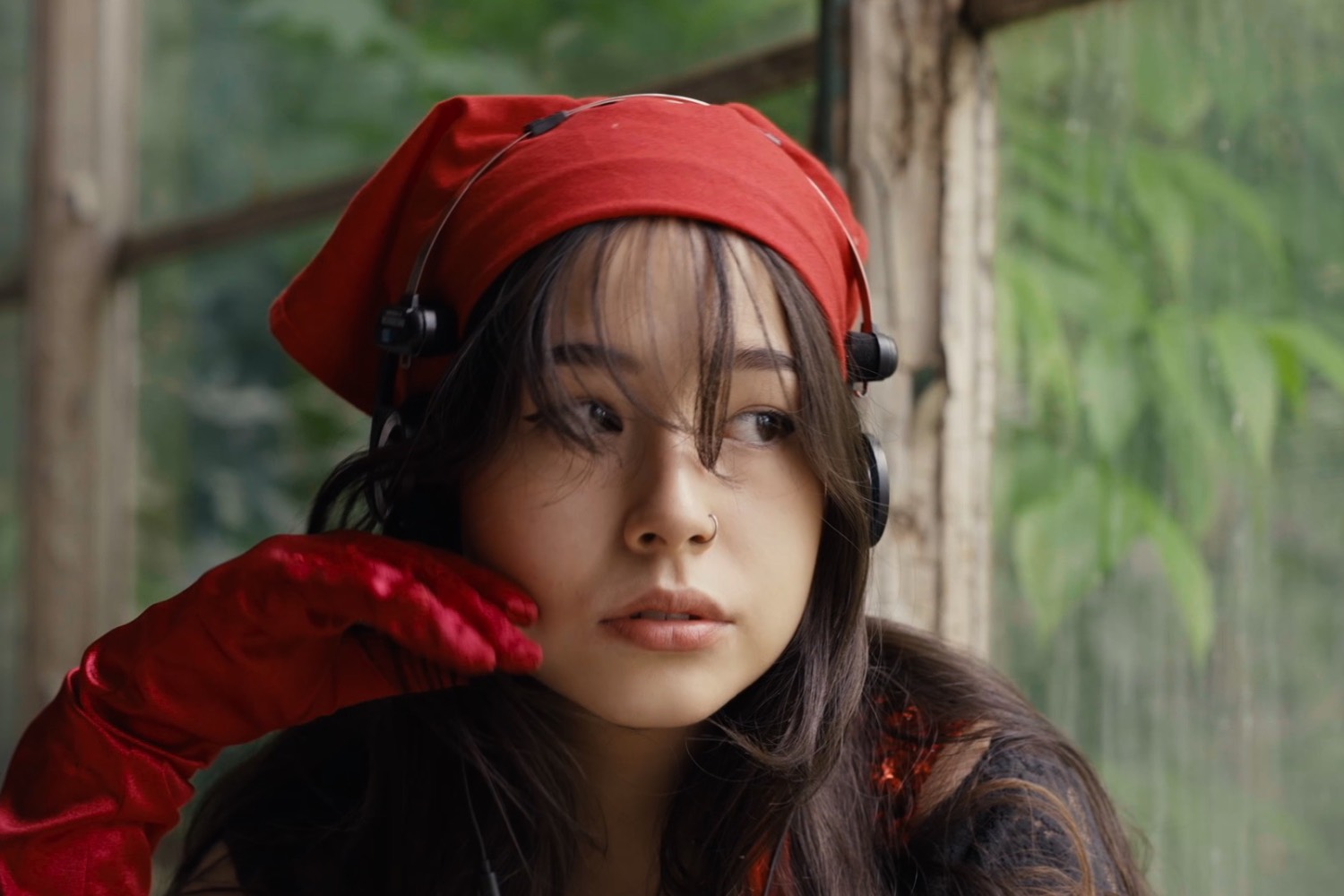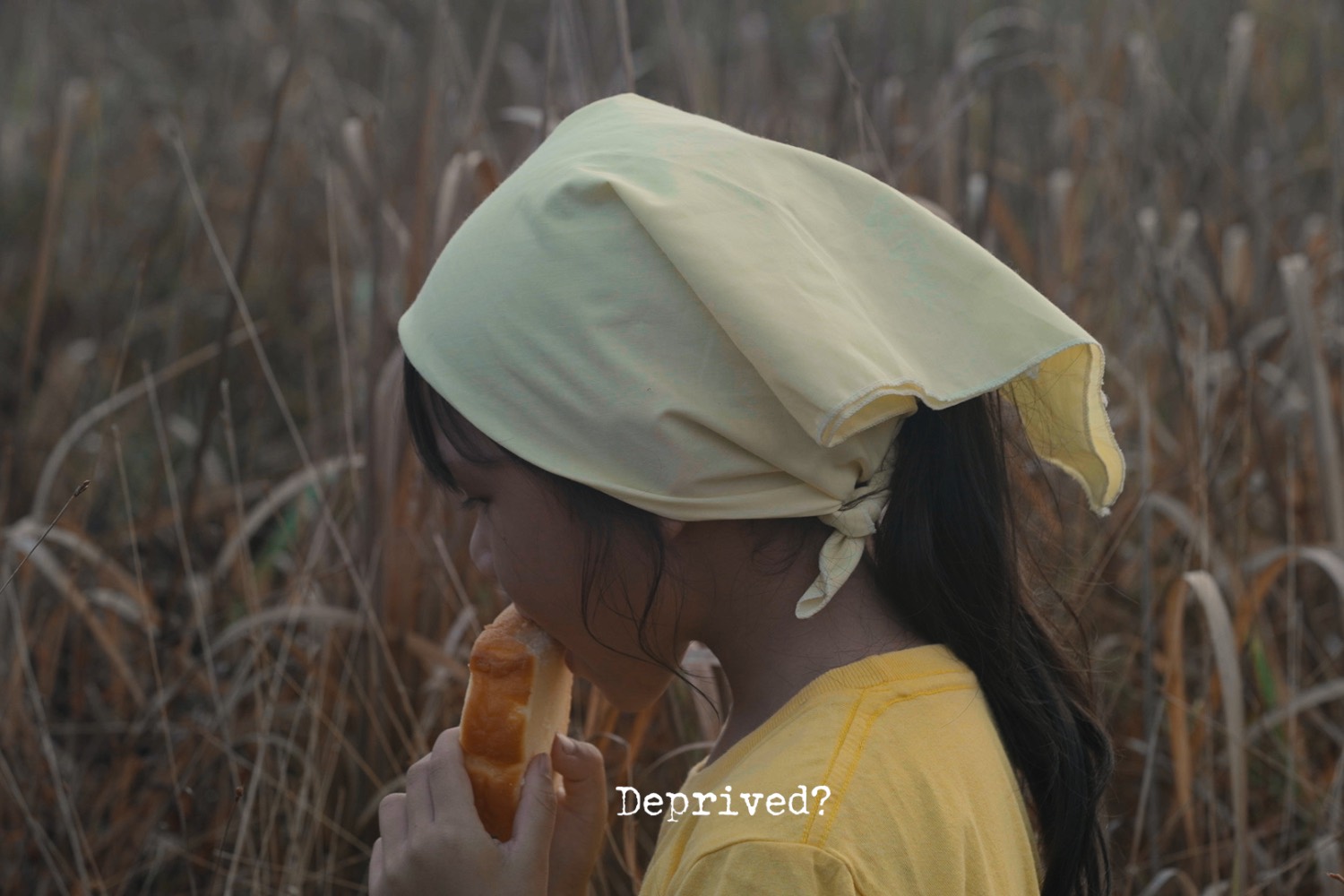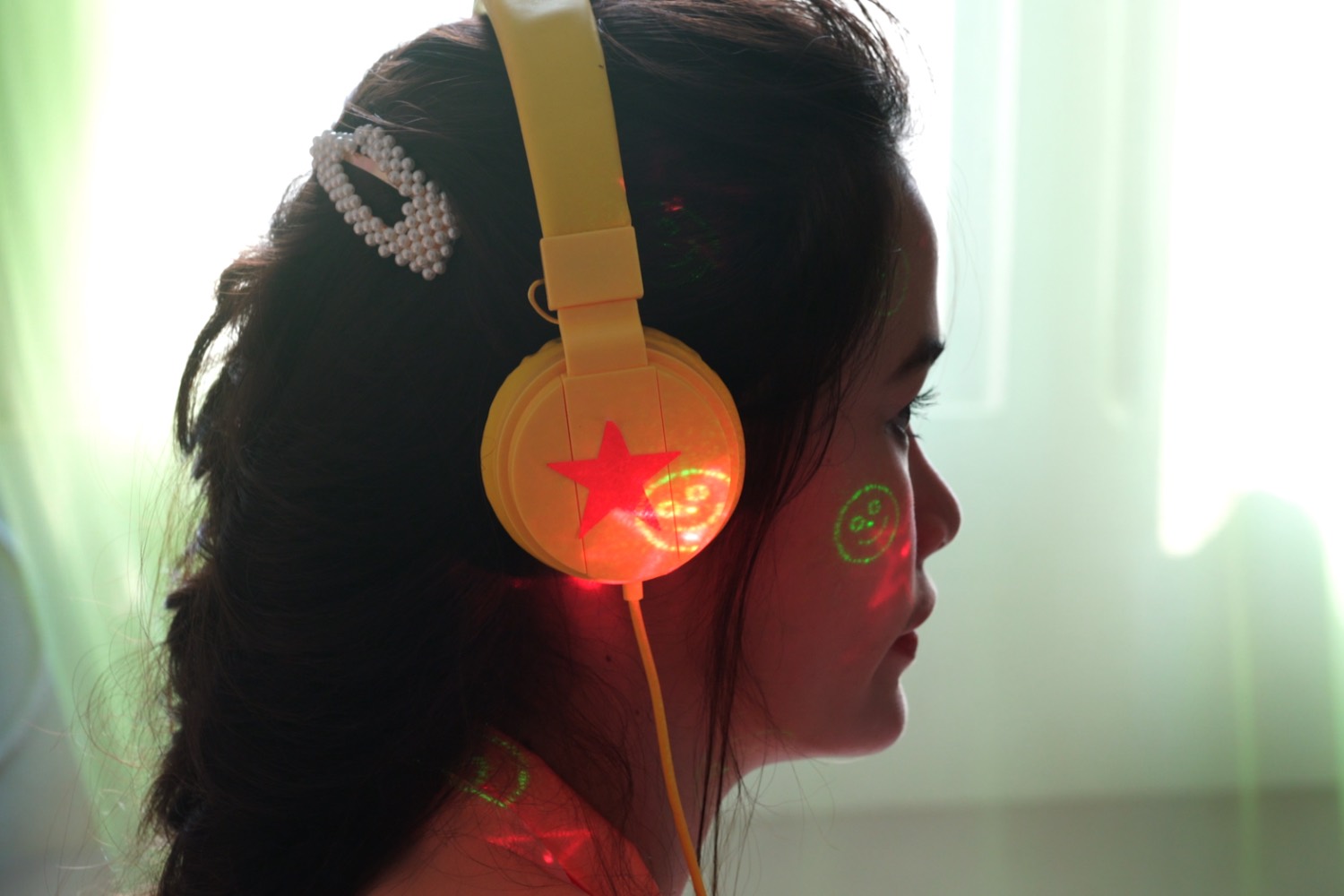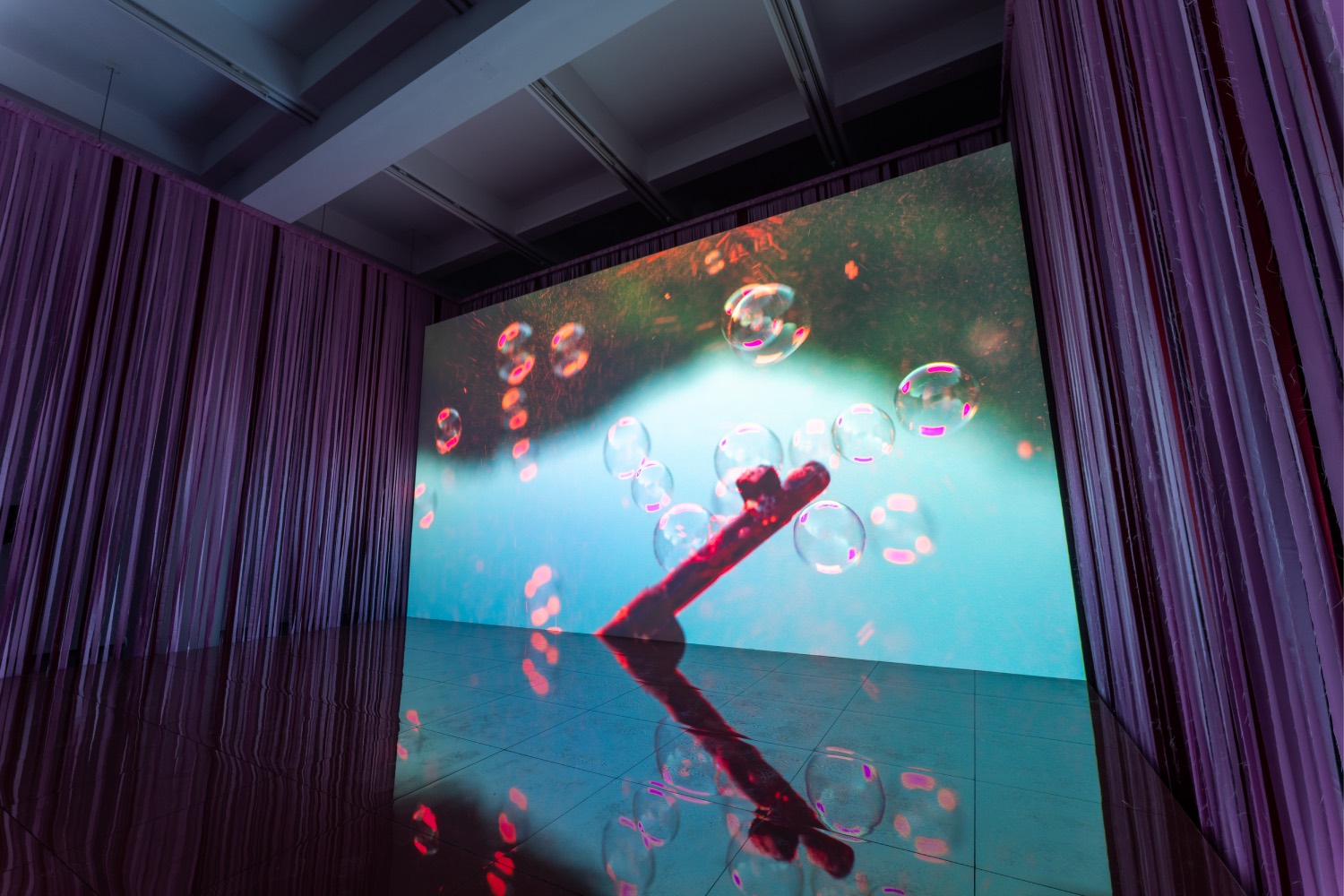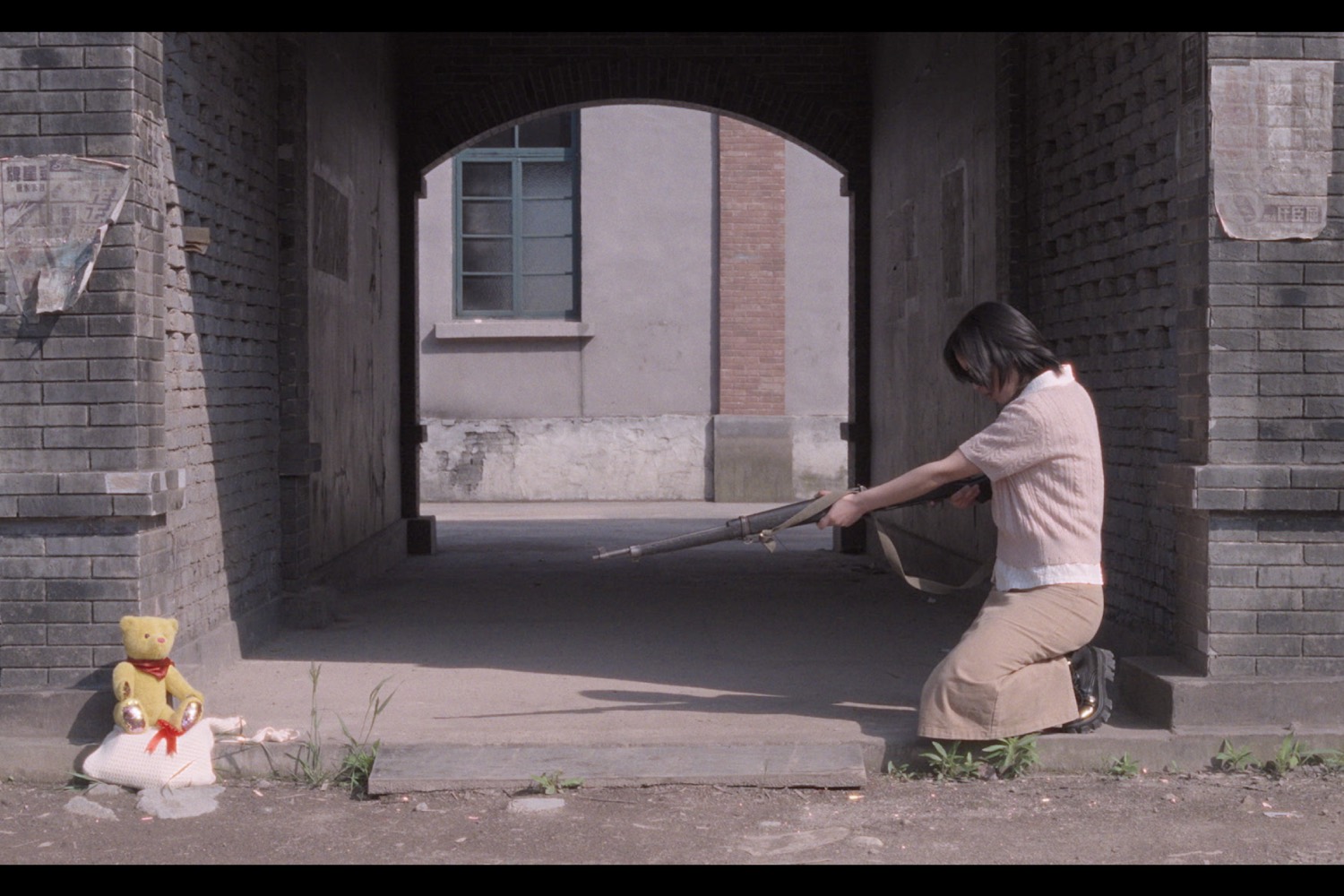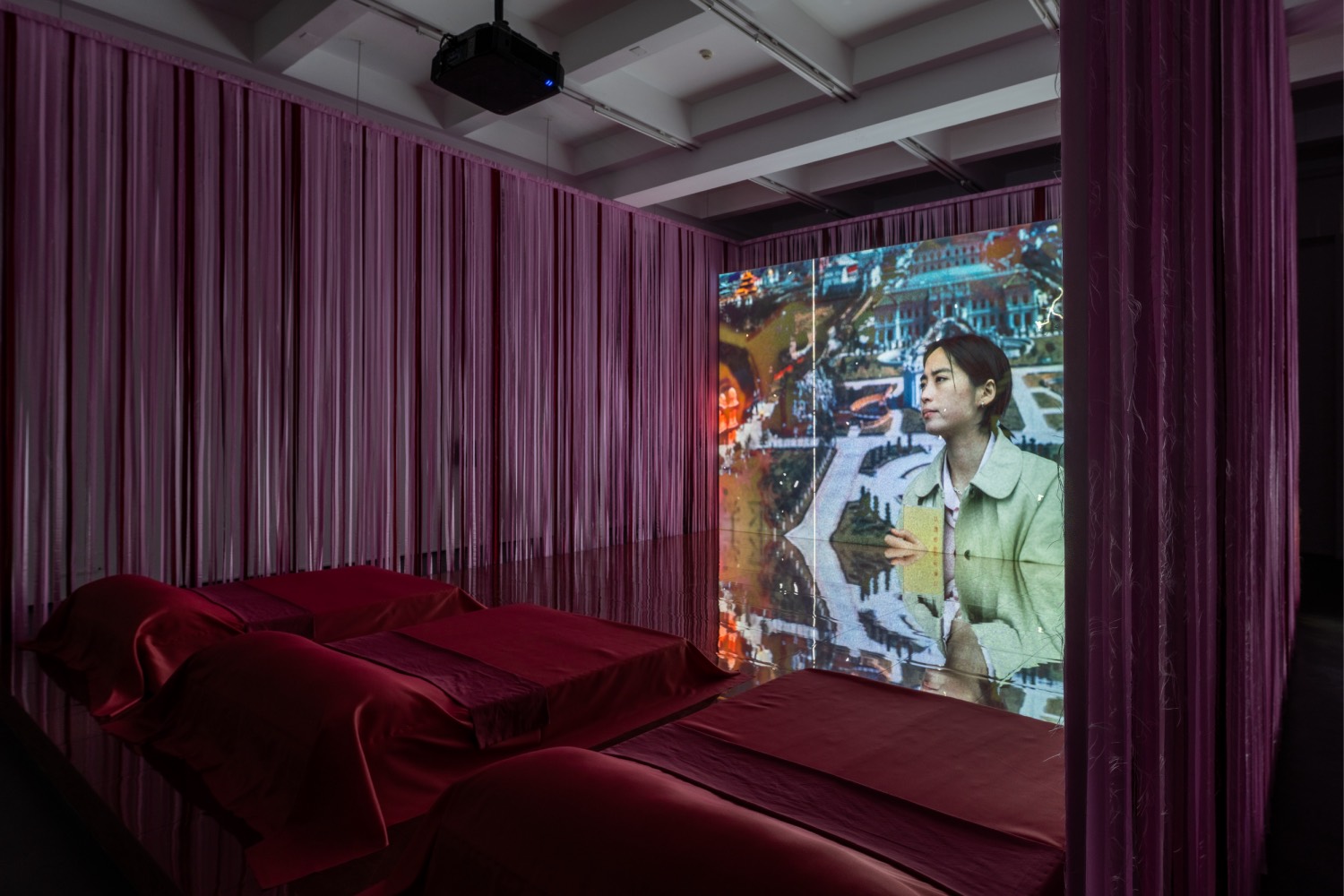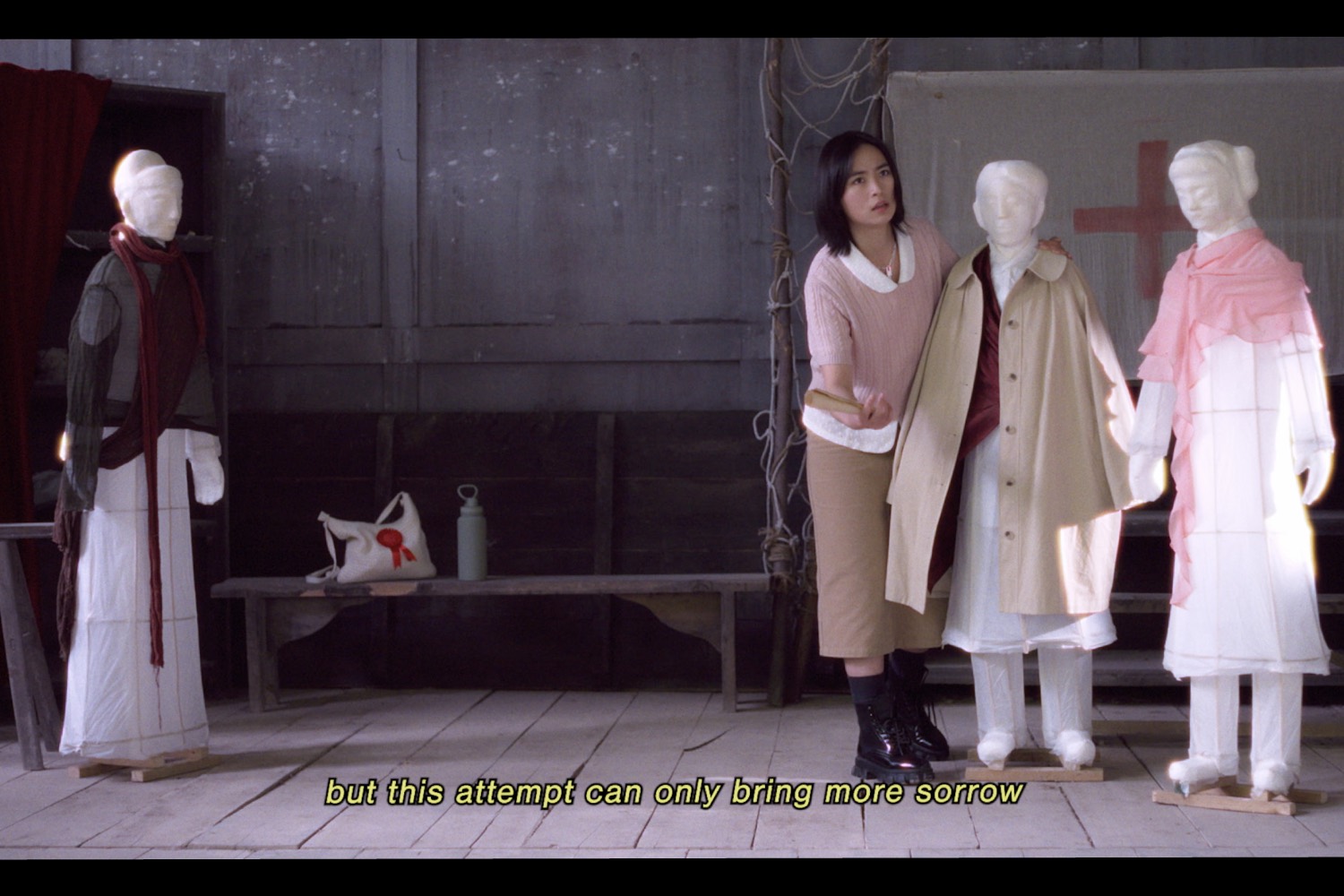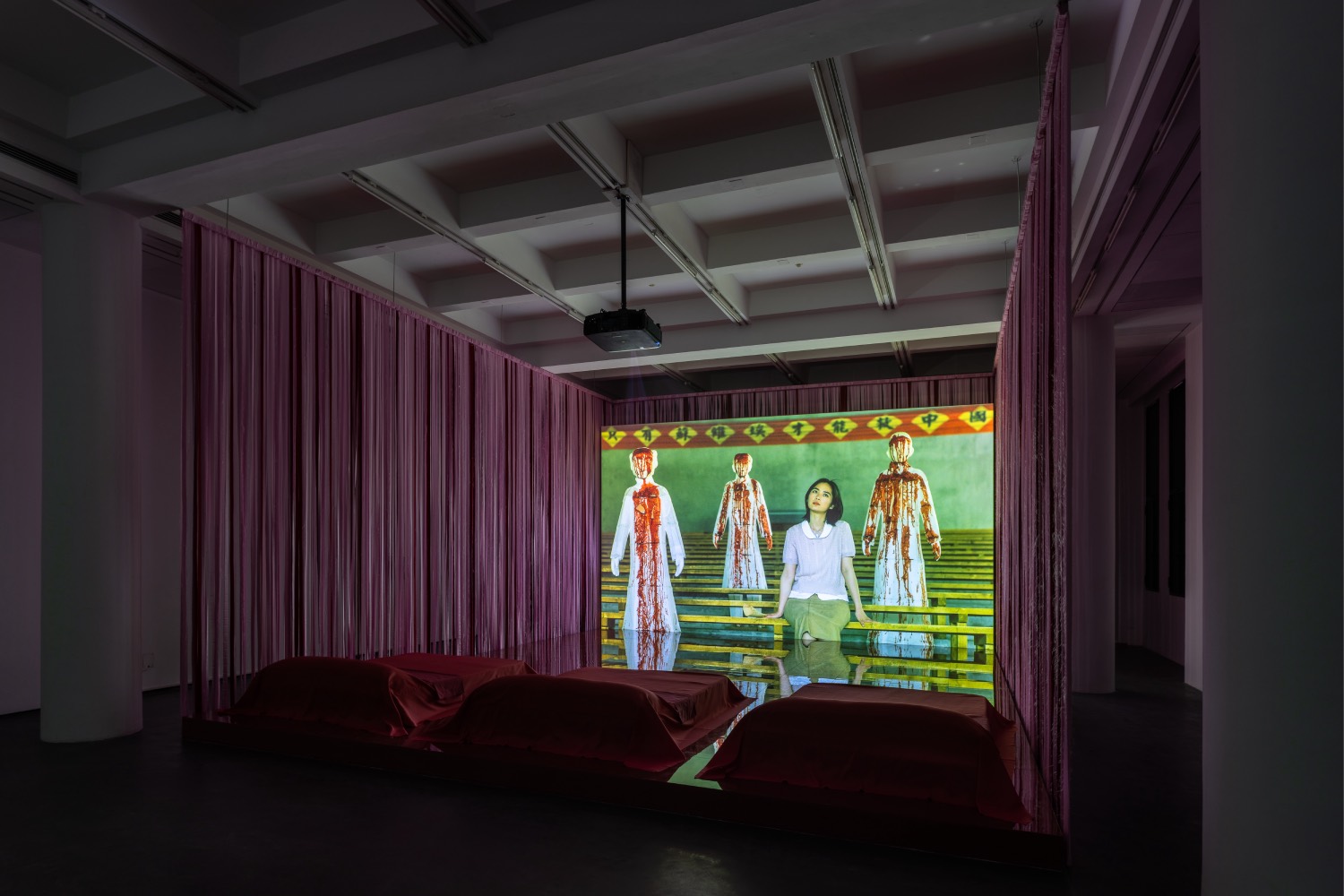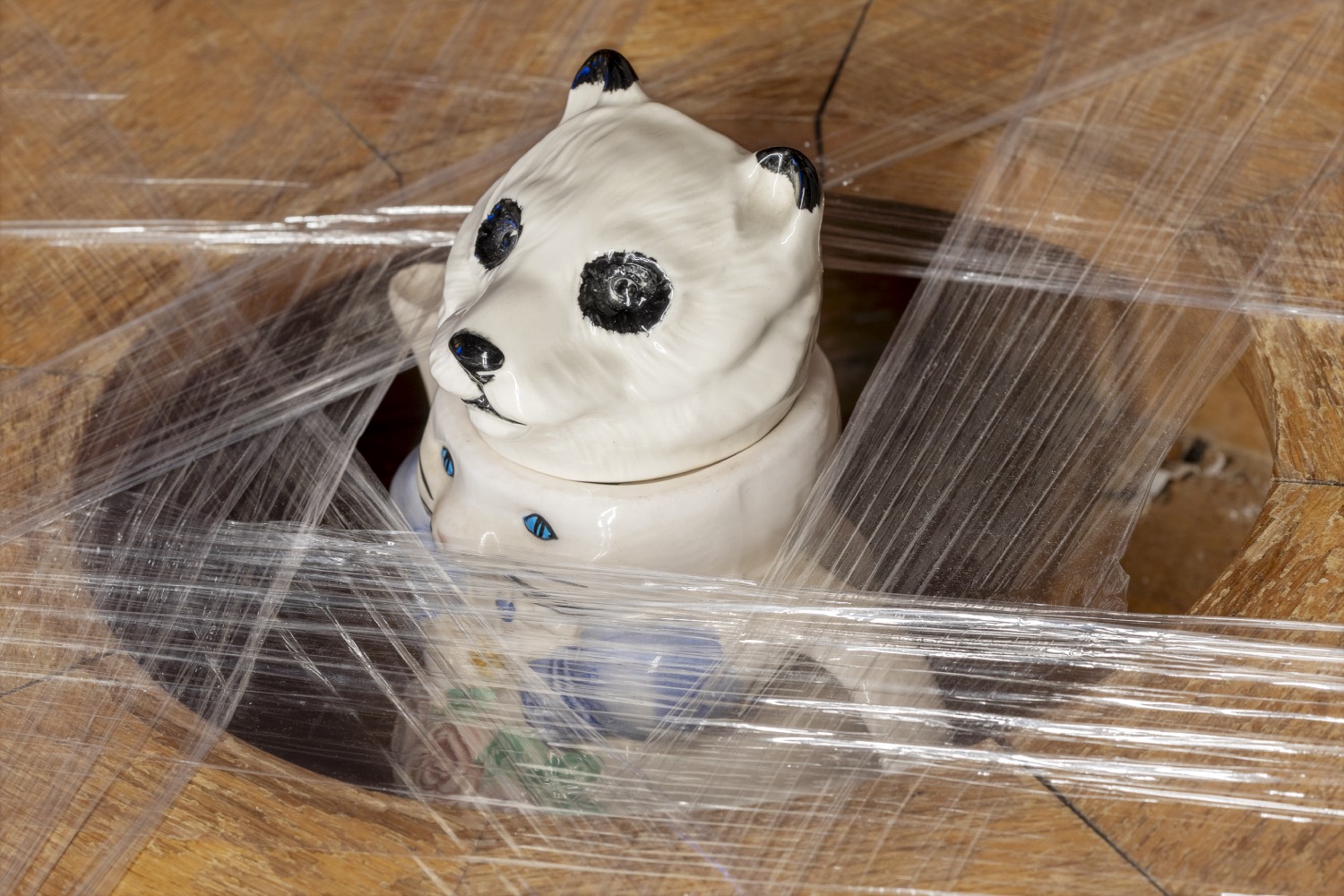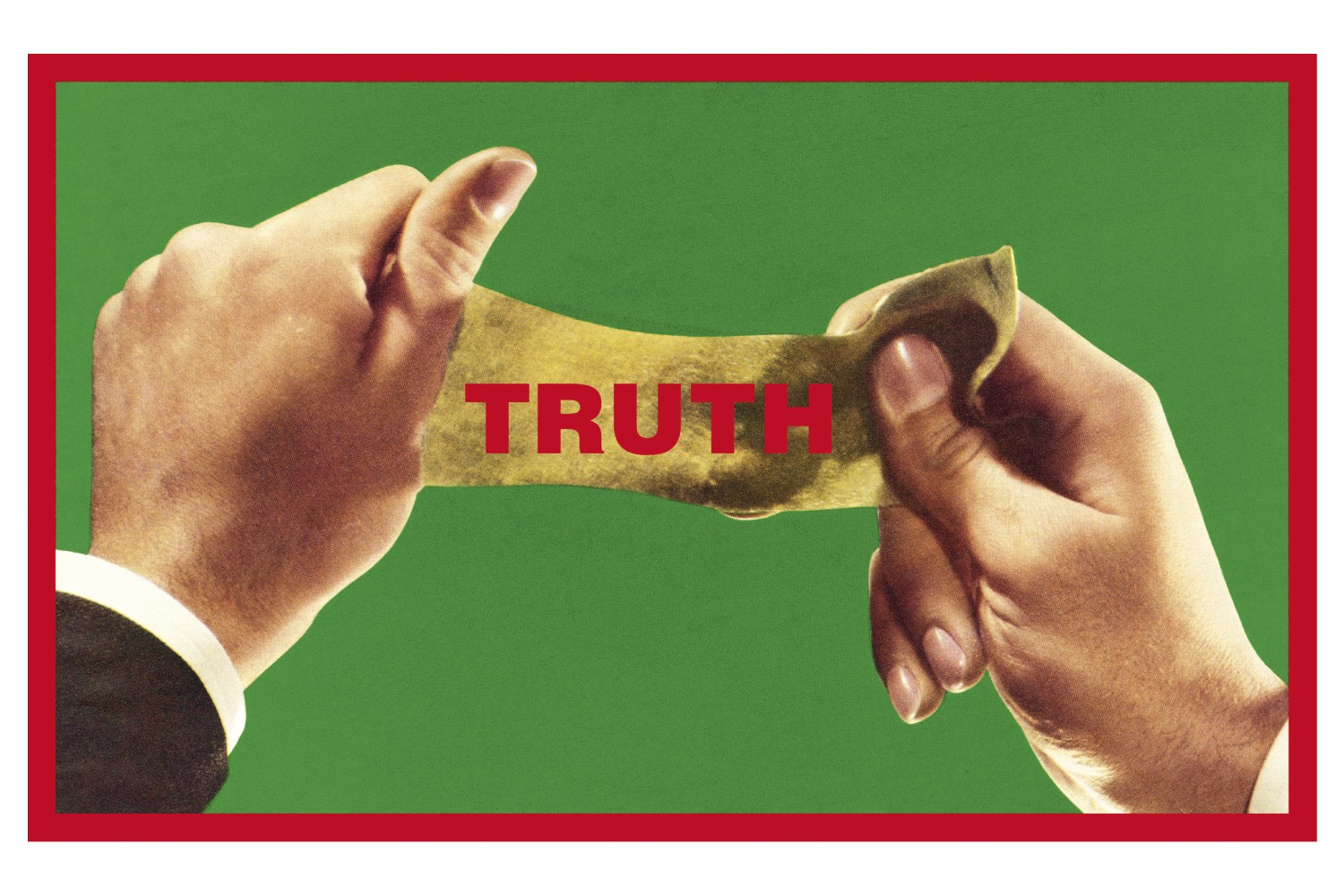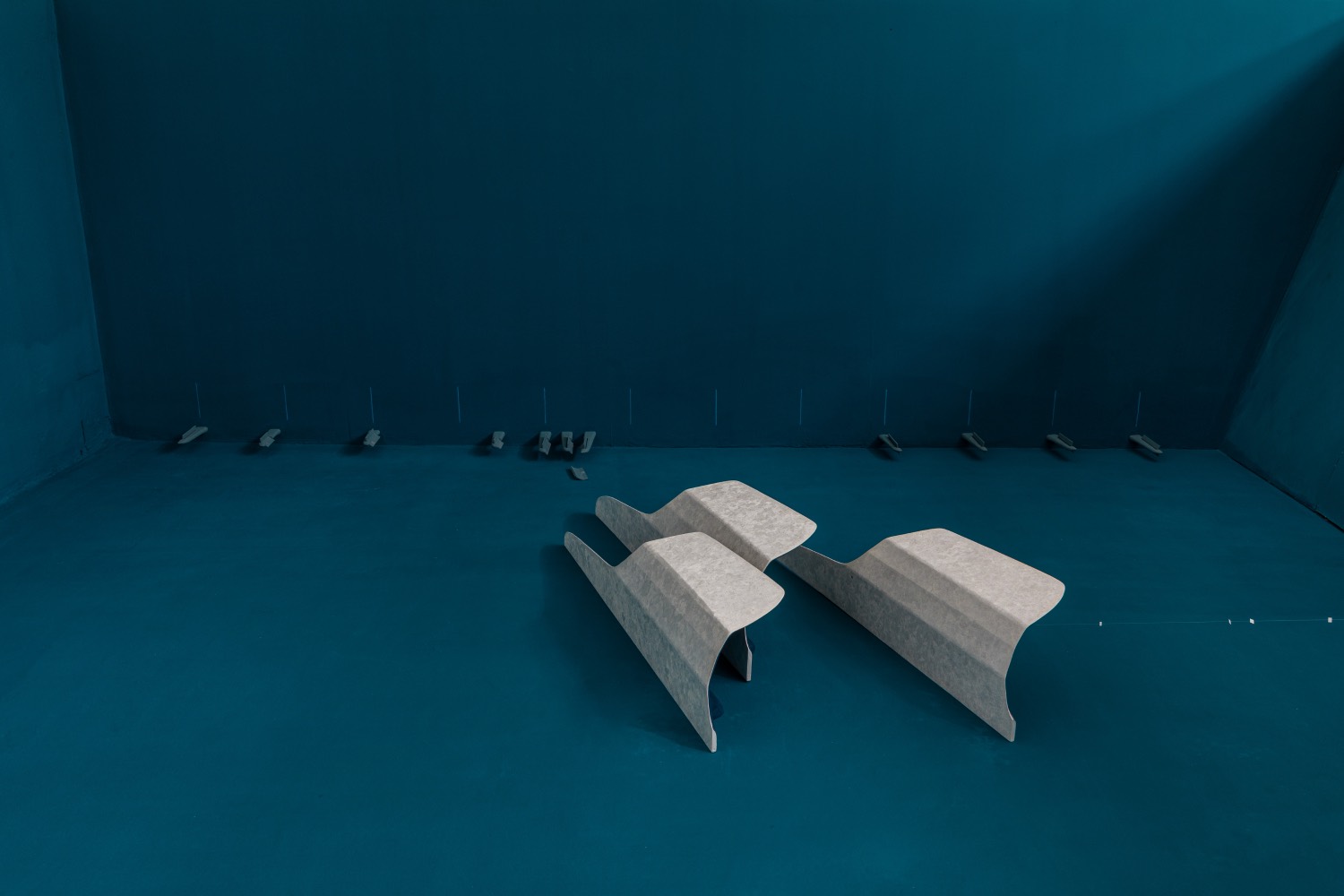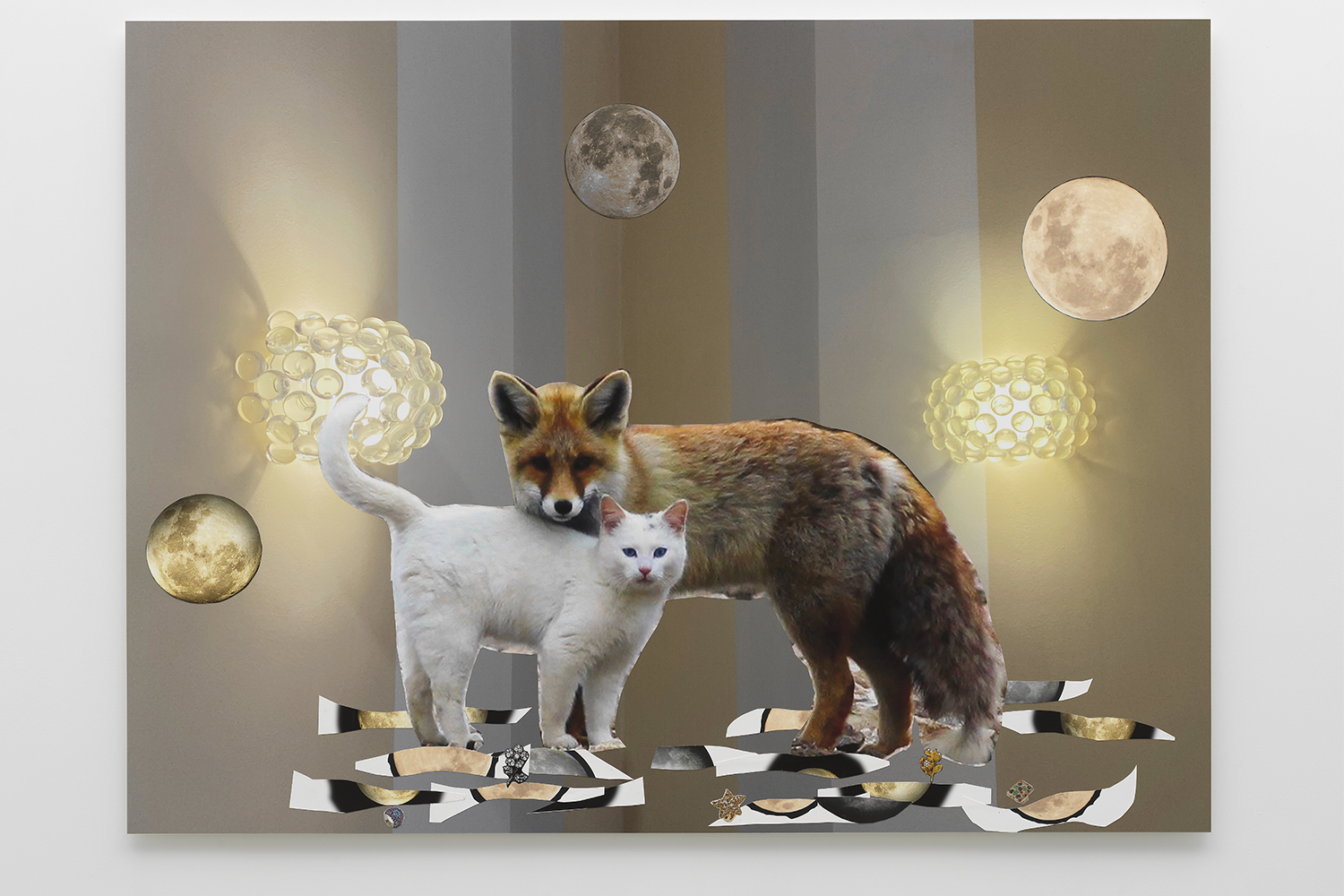I spent a couple of weeks living with Diane Severin Nguyen in an Airbnb in Shanghai. She mostly took me to the mall. Our favorite store was Girls Mart in TX Huaihai, aka the “Youth Energy Center,” a mall across from a beige bas-relief depicting revolutionary youths marching and saluting and stuff like that. We tried on a lot of matching crop tops that said: “BADGIRL.” Nguyen has a thing for younger girls, teenagers especially; like teenagers, she also has a thing for being misunderstood. In Nguyen’s case, this manifests in an ethos — and an eros — of rebelliousness that often flies under the radar or under the surface of her attractive, technically accomplished compositions. Her work in both photography and film is motivated by questions of intellectual and aesthetic authority: who has it, what does it look like, and how does one undermine it? “I’m interested in what is conceptual because I’m interested in what is transgressive, and not just in a superficial way,” she told me. Transgression, in 2024, isn’t clubbing or drugs. It’s not cosplaying conceptual art from the ’60s; it’s definitely not throwing up paintings with blood, cocks, and swastikas. She’s as disinterested in typically American gestures of desecration as she is in performing inherited, empty forms of artistic intellectualism, both of which share a fundamentally ironic posture toward their subjects. Instead, her work flirts with bad taste in earnest. “How do I access true transgression?” Nguyen’s answer is somewhere between BadGirl and Young Revolutionary, or maybe both at the same time — in finding the sacred in the profane.
Nguyen was in Shanghai that summer installing In Her Time (2023), a video work commissioned by the Rockbund Art Museum, with support from the Contemporary Art Gallery in Vancouver. The film and its installation will also appear in this year’s Whitney Biennial in a new edit for Western audiences. The approximately hour-long film was mostly shot at Hengdian World Studios, a sprawling movie-making complex in Zhejiang Province comprising three hundred and thirty hectares of indoor studios and outdoor architectural sets, many of them massive historical reproductions. Crouching Tiger, Hidden Dragon (2000) was shot there; so was the live-action Mulan (2020), plus around 70% of Chinese movies and TV shows each year. In Her Time is, appropriately, a making-of-mockumentary, taking us behind the scenes of a war movie set during the Nanjing Massacre of 1937. Nguyen’s film follows this fake movie’s lead, Iris, as she prepares for her starring role. We watch Iris rehearse her lines on the outskirts of Hengdian’s simulacral set city, then in the backseat of a car, telling us her hopes and dreams. It is, paradoxically, in these latter moments that Nguyen — who hates realism — is most anti-documentarian. Iris’s solipsistic monologues have the daydream-like quality of a girl talking to herself; it’s difficult to receive them as convincingly fictional realism. In this sense, In Her Time is more of a mock-mockumentary. On the other hand, these moments are also genuinely documentary: Iris is played by Li Meixian, who really is an aspiring actress. Her monologues weren’t fully scripted; she was instructed by Nguyen to just “imagine herself being interviewed.” Nguyen still doesn’t know how much of Li’s performance was true.
Nguyen’s work frequently functions like this, performing multiple inversions — of reality and artifice, meaning and meaninglessness, symbolism and pure surface — that, rather than “blurring the lines” between dualities, fractures and then re-composes them to force both perspectives on us at once. Her previous video project, IF REVOLUTION IS A SICKNESS (2021), is both a post-Soviet fairy tale and an allegory for narrative collapse itself. This film is about a dancer: the orphaned Weronika, who grows up all alone in a part of rural Poland with the creepy beauty of Tarkovsky’s Zone. She later migrates to a city, where she finally finds collectivity — in the form of a highly militant dance squad. There are heady historical and political overtones: Soviet monuments and post-industrial buildings form the backdrop for the troupe’s K-pop-inspired choreographies. The dancers’ movements are punctuated by ecstatic bursts of red, images with the symbolic force of propaganda art, and the aesthetic emptiness of music-video montages: balloons spelling out “1989,” a ripe strawberry being cut open with a piece of glass. IF REVOLUTION both mimics these forms and evacuates them of their meanings. Though in many ways a celebration of various ideological aesthetics, the film never quite lets these allusions to messaging cohere into an actual message. Nguyen’s allergy to authority manifests here as a refusal of the moral certainty preferred not only by Cold War- era media but much of contemporary political art.
Tyrant Star (2019), Nguyen’s first video work, shows a Vietnamese girl alone in her bedroom, singing “The Sound of Silence” into her laptop camera. Although the Simon & Garfunkel song was once adopted by anti-war protesters as a hymn of political resistance, its actual lyrics are more ambiguous. “People talking without speaking / People hearing without listening” — the lines (which double nicely as descriptions of the characters in Nguyen’s work) are made even stranger in the lightly accented voice of Tyrant Star’s protagonist, a street performer Nguyen found on YouTube. She didn’t speak English, so Nguyen taught her the song purely phonetically. This registers as a slight sonic “off-ness” that is as unsettling as her voice is beautiful. Nguyen likes the sound of languages she doesn’t speak, “how they become just another surface quality.” Here, English, too, sounds both like itself and a foreign language, just like the fan whirring in the background sounds, sometimes, like the helicopters that used to drop napalm.
This trilogy of films about female performers is mostly about the symbolic potential of the Young Girl herself — the (real and imagined) emptiness that allows her to house an infinite number of ideas. Women have always functioned allegorically and, perhaps most powerfully, as symbols of nationhood. In Her Time’s Iris, for example, is acting in the kind of propagandistic historical movie popular in today’s China. Nguyen’s film juxtaposes the actress’s desire for fame with her character’s status as rape victim to highlight the perverse power derived from self-victimization. In Her Time is, therefore, an allegory for allegorization, addressing national identity formation through both cinema and trauma by eliding notions of “reenactment,” “acting,” and “action.”
Nguyen loves stars, the range of ideas (authoritarianism, celebrity) they express as well as their shape (kind of like pretty girls). Most of all, she likes the transfiguration they imply — real stars being “these immaterial masses in the sky that are turned into a simple, five-pointed polygon.” This is how Nguyen’s mind works: between form and formlessness, translating the latter into the former and back again. Metaphor is both the operative procedure and, often, the subject of her art — just as much as her images are also characterized by a seductive visual and material richness that goes beyond signification entirely.
This tension is especially evident in Nguyen’s photographs, which she creates using LightJet printing, a process that requires submersion of a laser- printed paper in a chemical bath. Nguyen likes how this digital technology metaphorizes or simulates the mythic qualities of analog photography: the dark room, the image/ baby born in wetness. Nguyen mostly creates the sculptures she photographs from the detritus of her environment: dust she sweeps up in her studio, rotten fruits, and fish food. The resulting compositions of unidentifiable matter, lit in a queasily artificial range of rainbow shades, are usually vaguely embryonic, cadaverous, or otherwise grossly organic while remaining undeniably fantastical — and photogenic. They look kind of like something from Harry Potter, a Travis Scott music video, and a photo in a biology textbook at the same time. Nguyen likes experimenting with photographic tropes: how to capture something completely un-food-like and make it look like food photography? Or like a fashion ad?
In this sense, Nguyen shares certain similarities with photographers of the Pictures Generation and their successors: an interest in referencing both the content and the technologies or formal qualities of popular images, as well as an insistent self-reflexivity with regard to her own medium. Most examples of Pictures Generation photography — Cindy Sherman’s self-portraits as various female archetypes; Louise Lawler’s or Jeff Wall’s reinterpretations of existing artworks; Christopher Williams’s fake product photography — stop at mere aesthetic appropriation. This deconstruction via reconstruction constitutes their critical intervention. Rather than merely exposing the mechanisms of mass-media production, revealing the image as an illusion, Nguyen is also interested in inventing new aesthetics, languages, and fantasies. The point isn’t just to lay bare the functioning of ideological forms but to show the necessity of form to human subjectivity, emotion, and experience. Here, the influence of psychoanalytic theory, which Nguyen loves, makes itself felt: there is no outside to language. Her photographs are neither naive attempts at expressing interiority nor mere “critiques” of the consumer image; they emphasize how our inner worlds are already photographic. If a photo of a hard thing going into a soft thing reminds us of anything at all, it’s because our perceptions always operate symbolically.
“We make life through images,” Nguyen told me. Subjugating photography to the conceptual, for her, can only provide an illusory intellectual clarity. “Beauty should threaten us.” Nothing is uglier — or safer — to Nguyen than the visible presence of inherited authority: it’s boring (and not particularly intelligent, either) when people make art to look like art. Beauty, for Nguyen, is K-pop, fast fashion, and TikTok food videos. Letting this stuff contaminate her work is a way to relinquish control, to democratize the images she creates — which isn’t to say she thinks of her art, or herself, as particularly virtuous. On set in Hengdian, in charge of a one-hundred-plus-person cast and crew (including a troop of fake Japanese soldiers), she was unsurprised by how much pleasure she took in the authoritarian role of director. “Making art is never about being a good person.”

